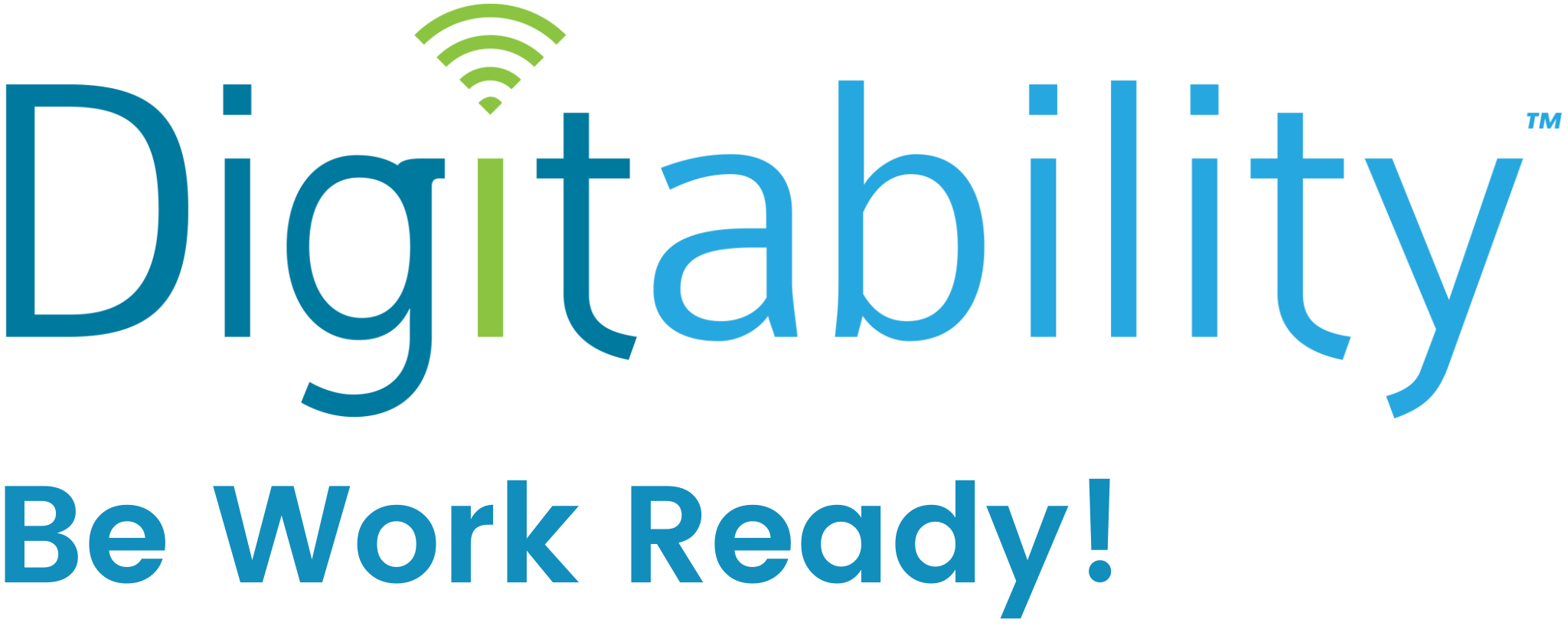
Digitability: An Online Tool to Level the Playing Field
Generocity.org, describes how Digitability is leveling the playing field for students with Autism.
By Erin Kane | Posted on Wednesday, August 22nd, 2012
Autism and technology may appear to be an unlikely pair, but for one local teacher and her passion project, they are a powerful duo. For students with autism, digital literacy is a window to the outside world, offering a sturdy bridge to independence.
Digitability, an online platform that teaches digital literacy skills to students with autism, is the brainchild of public school teacher Michele McKeone. Her day job running an Autistic Support classroom at South Philadelphia High School keeps her in tune with the students she seeks to support.
“It took my blood, sweat, and tears to pull this together,” said McKeone, who carried her idea from the classroom, landing community buy-in and funding.
McKeone’s startup is a carefully tested 2.0 version of her in-class curriculum, only more refined and user-friendly. Students log in to the self-paced website for lessons on email, social networking, and Internet browsing.
This fall, New Jersey-based Orchard Friends School for children with language and sensory difficulties will pilot Digitability. It will supplement computer classes.
“I think students today have this vast knowledge of how to use technology, but they might not use it correctly,” said John Keeley, Head of School at Orchard Friends.
Growing an idea
To realize her concept, McKeone turned to the Corzo Center for the Creative Economy at the University of the Arts, a local engine that links the art and business communities.
The Corzo Center’s Creative Incubator/Wells Fargo Fellowship helps students and alumni develop business plans and establish social enterprises through yearly grants. As an alumna of UArts, McKeone was eligible to pitch her idea.
“Digitability is really an ideal; it’s almost our poster child. It demonstrates the value of the creative work Michele has learned and puts it in a new context,” said Neil Kleinman, the Managing Senior Fellow at the Corzo Center.
McKeone was awarded $10,000 last May. “It was everything,” she said, referring to the grant. “The money allowed me to translate what I was doing in the classroom to an online learning platform that could be used by virtually anyone.”
Afterward, she was linked to business and technical consultants to develop and test Digitability, and she assembled a team of expert advisors to oversee its curriculum.
“We know that provided the tools and resources, students with autism can reach their full potential,” said Catherine Chase, a Psycho-educational Diagnostician at the Pediatric Wellness Center in Cherry Hill, N.J. and a member of the advisory board.
“The paradigm has completely shifted from pencil and paper. With technology, [students with autism] have a greater learning and earning power,” she added.
Autism and the digital world
Deshaun Cole, 16, is one of McKeone’s students who blossomed under her tutelage. The soon-to-be high school junior is drawn to computers; he has a website and video blogs, aspiring to a career in a web-related field some day.
Outside of school, Cole does something called self-stimulatory behavior, or repetitive body moments that are common for people with autism.
“He does jumping,” said his mother Frances Jones. “A lot of people look at him and some people think he’s mentally challenged. People don’t understand about autism. It’s still new for my family, people close to me.”
According to the Centers for Disease Control, 1 in 88 children are identified as having an autism spectrum disorder — a figure that grew by 23 percent over the last three years.
McKeone hopes that advocacy and awareness efforts will get a much-needed boost from the rapid increase in autism diagnoses. “I’m hoping there will be more tolerance and understanding and that people can see beyond these behaviors,” she said.
Like Cole, many students with autism are attracted to technology — and empowered by it. “They have an inclination to use it,” McKeone explained. “The idea is that you shape that attraction.”
Beyond McKeone’s classroom, that shaping is subscription-based Digitability, a tool that incorporates staged curriculum to make digital literacy a safe, fun learning process.
To help students feel empowered by their new skills, each lesson successfully completed unlocks a virtual badge like this one to keep in a badge library. Teachers, therapists, and facilitators can use the badge stickers and charts to reinforce progress in the classroom.
Ideal for the classroom or home environment, Digitability is geared for youth ages 14-21. Parents and teachers can also log in to the platform to monitor and track student progress. Students receive a merit badge after the successful completion of each activity and later earn master badges — virtual and tangible versions — to Autism show their mastery of a subject. This deliberate “gamification” is an easy way to reinforce behavior.
“We’ve learned digital skills through work or socialization,” said McKeone. “For students with autism, the process doesn’t work the same way. They really need this synthesized structure.”
In addition to digital literacy, Digitability wants students with autism to gain marketable skills that will prepare them for college and career opportunities.
Orchard Friends is the first school to purchase a Digitability license. It knows that technology is a ubiquitous life skill that students with spectrum disorders must ultimately navigate — or risk being left behind.
“Our students are very creative, but you can’t do ‘B’ unless you know ‘A,’” noted Keeley. “Either we hang on and become the dinosaur, or we embrace it.”
